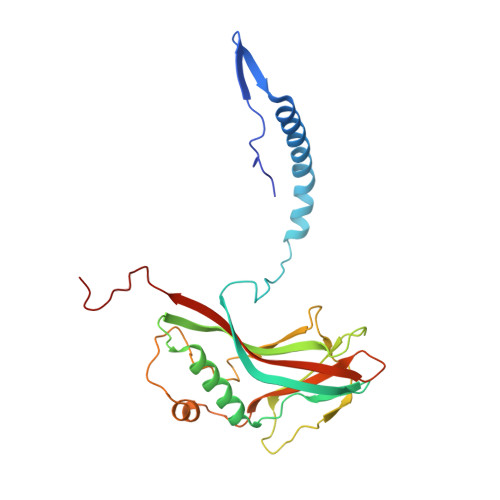Serial protein crystallography in an electron microscope.
Bucker, R., Hogan-Lamarre, P., Mehrabi, P., Schulz, E.C., Bultema, L.A., Gevorkov, Y., Brehm, W., Yefanov, O., Oberthur, D., Kassier, G.H., Dwayne Miller, R.J.(2020) Nat Commun 11: 996-996
- PubMed: 32081905
- DOI: https://doi.org/10.1038/s41467-020-14793-0
- Primary Citation of Related Structures:
6S2N, 6S2O - PubMed Abstract:
Serial X-ray crystallography at free-electron lasers allows to solve biomolecular structures from sub-micron-sized crystals. However, beam time at these facilities is scarce, and involved sample delivery techniques are required. On the other hand, rotation electron diffraction (MicroED) has shown great potential as an alternative means for protein nano-crystallography. Here, we present a method for serial electron diffraction of protein nanocrystals combining the benefits of both approaches. In a scanning transmission electron microscope, crystals randomly dispersed on a sample grid are automatically mapped, and a diffraction pattern at fixed orientation is recorded from each at a high acquisition rate. Dose fractionation ensures minimal radiation damage effects. We demonstrate the method by solving the structure of granulovirus occlusion bodies and lysozyme to resolutions of 1.55 Å and 1.80 Å, respectively. Our method promises to provide rapid structure determination for many classes of materials with minimal sample consumption, using readily available instrumentation.
Organizational Affiliation:
Max Planck Institute for the Structure and Dynamics of Matter, CFEL, Luruper Chaussee 149, 22761, Hamburg, Germany.














